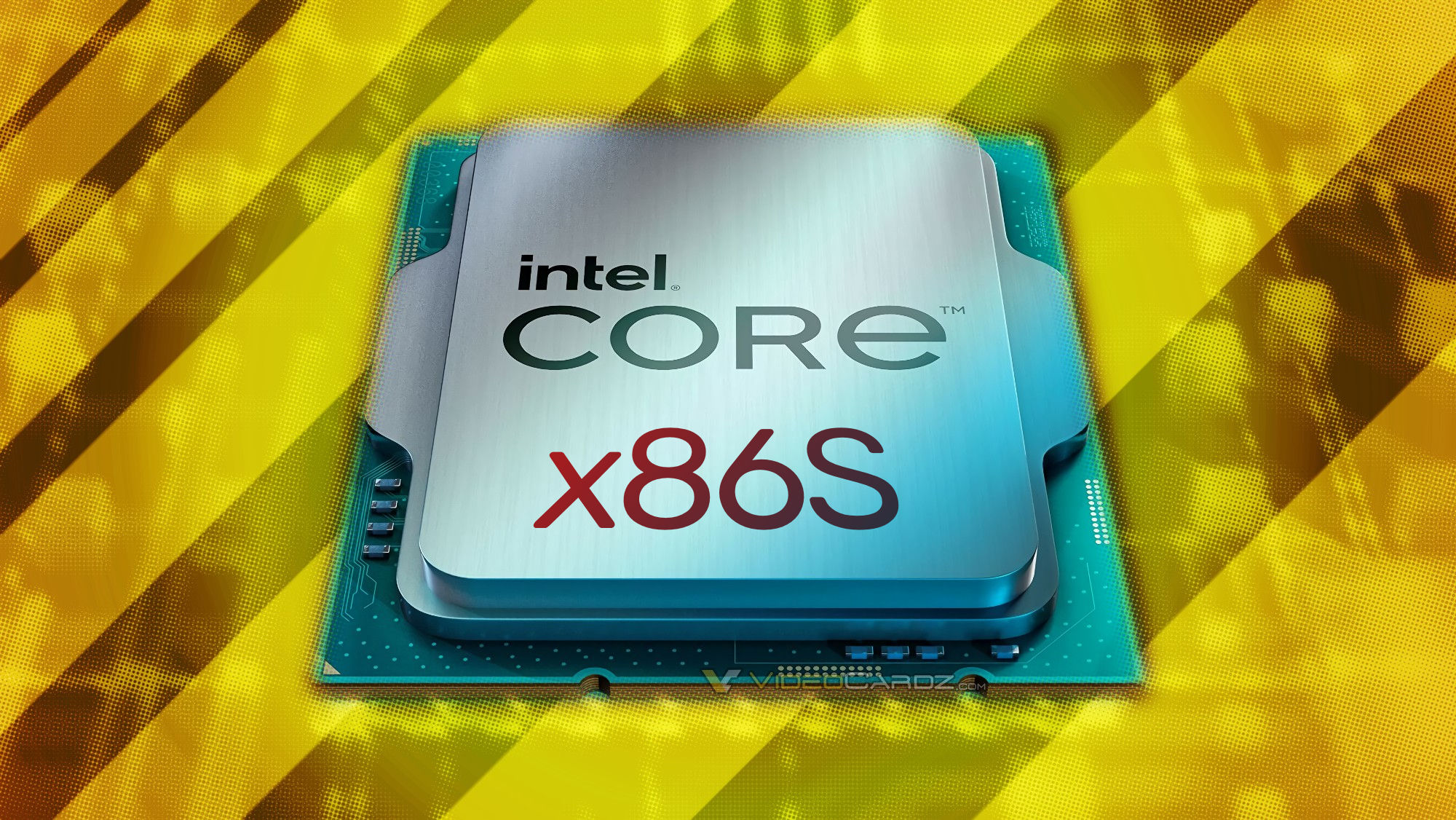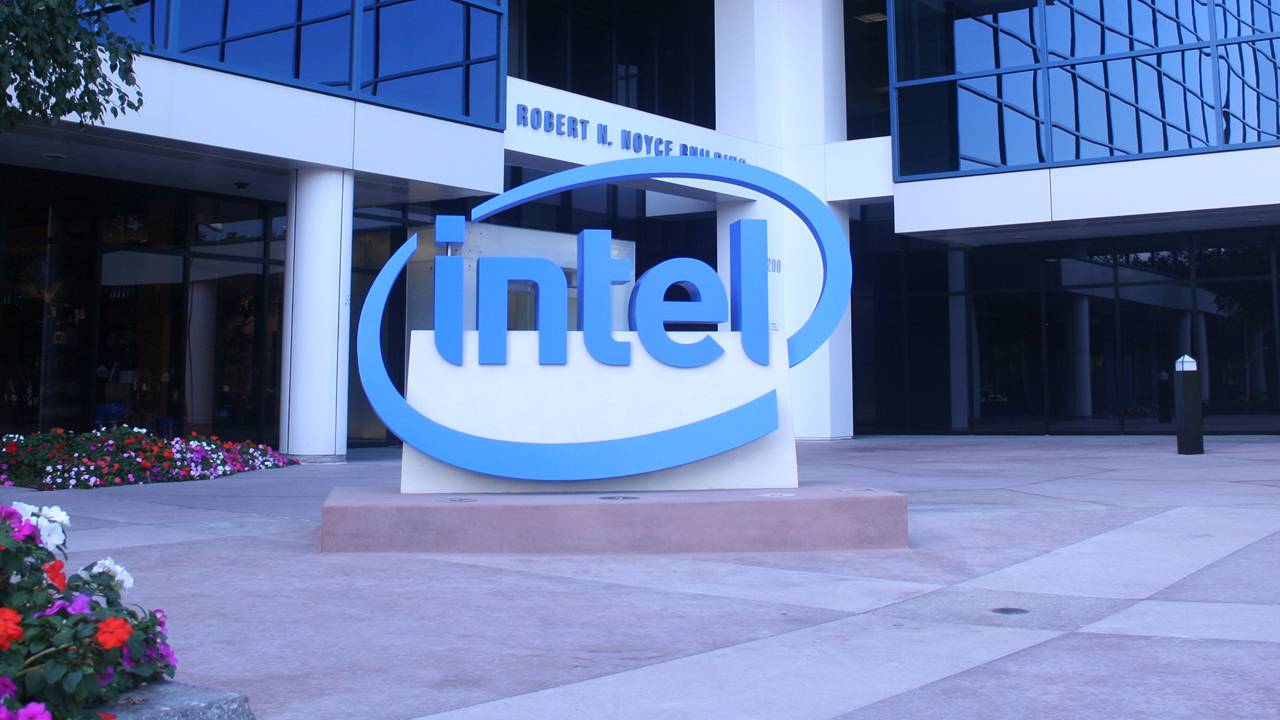Aaronage
Power User
- Joined
- Feb 26, 2023
- Posts
- 144
Would love to know your opinions on this proposal 

 videocardz.com
Proposed benefits from the article:
videocardz.com
Proposed benefits from the article:

Intel proposes x86S, a 64-bit only architecture - VideoCardz.com
Intel publishes a white paper on x86S, a 64-bit only architecture Intel is paving the way for a transition that removes legacy 32-bit and 16-bit support. Most gamers have probably switched to 64-bit architecture years ago because 32-bit OS didn’t support more than 4GB of memory. Modern...
Benefits of x64-bit only architecture according to Intel:
- Using the simplified segmentation model of 64-bit for segmentation support for 32-bit applications, matching what modern operating systems already use.
- Removing ring 1 and 2 (which are unused by modern software) and obsolete segmentation features like gates.
- Removing 16-bit addressing support.
- Eliminating support for ring 3 I/O port accesses.
- Eliminating string port I/O, which supported an obsolete CPU-driven I/O model.
- Limiting local interrupt controller (APIC) use to X2APIC and remove legacy 8259 support.
- Removing some unused operating system mode bits.


